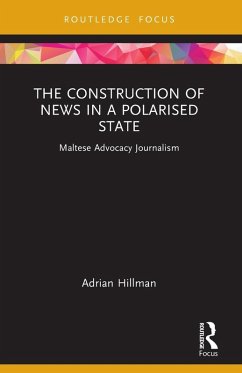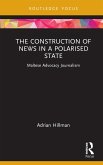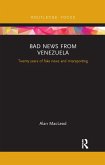Taking a qualitative approach based on original case studies, this book offers a detailed overview of the contemporary media system in Malta.
Three Maltese news organisations are examined to understand the editorial routines, ownership and management structures, and social and cultural factors that affect the day-to-day business of creating news. In-depth interviews with key stakeholders of each organisation are conducted alongside qualitative textual analysis of the content they publish. Contrary to previous research, the work finds that advocacy continues to dominate Maltese journalism, indicating that the country has retained similarities to other media systems within its geographic region. While recognising that the gold standard in journalism is judged to be objectivity and balance, a case is made for a responsible, measured form of advocacy journalism to extend media diversity and contribute to a high level of national political engagement.
Presenting an informed case for the need to pay closer attention to small states, especially at a time when many countries are seen to be becoming increasingly socially and politically divided, The Construction of News in a Polarised State is an insightful text for scholars and academics in the fields of media and communication studies, political science, and sociology.
Three Maltese news organisations are examined to understand the editorial routines, ownership and management structures, and social and cultural factors that affect the day-to-day business of creating news. In-depth interviews with key stakeholders of each organisation are conducted alongside qualitative textual analysis of the content they publish. Contrary to previous research, the work finds that advocacy continues to dominate Maltese journalism, indicating that the country has retained similarities to other media systems within its geographic region. While recognising that the gold standard in journalism is judged to be objectivity and balance, a case is made for a responsible, measured form of advocacy journalism to extend media diversity and contribute to a high level of national political engagement.
Presenting an informed case for the need to pay closer attention to small states, especially at a time when many countries are seen to be becoming increasingly socially and politically divided, The Construction of News in a Polarised State is an insightful text for scholars and academics in the fields of media and communication studies, political science, and sociology.








